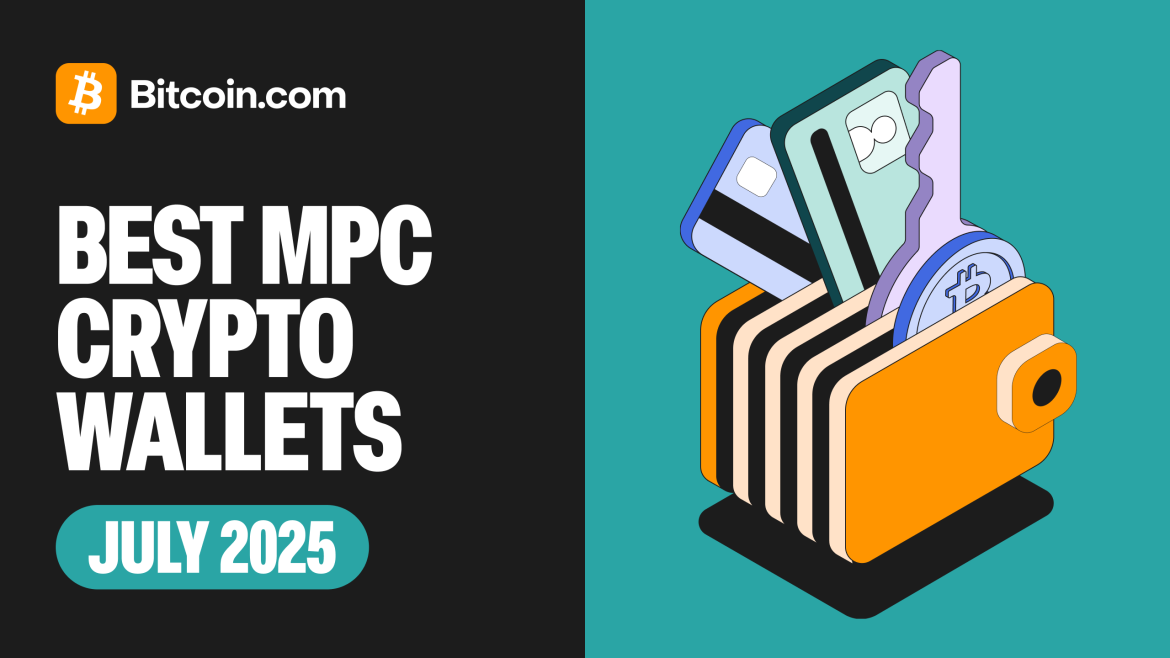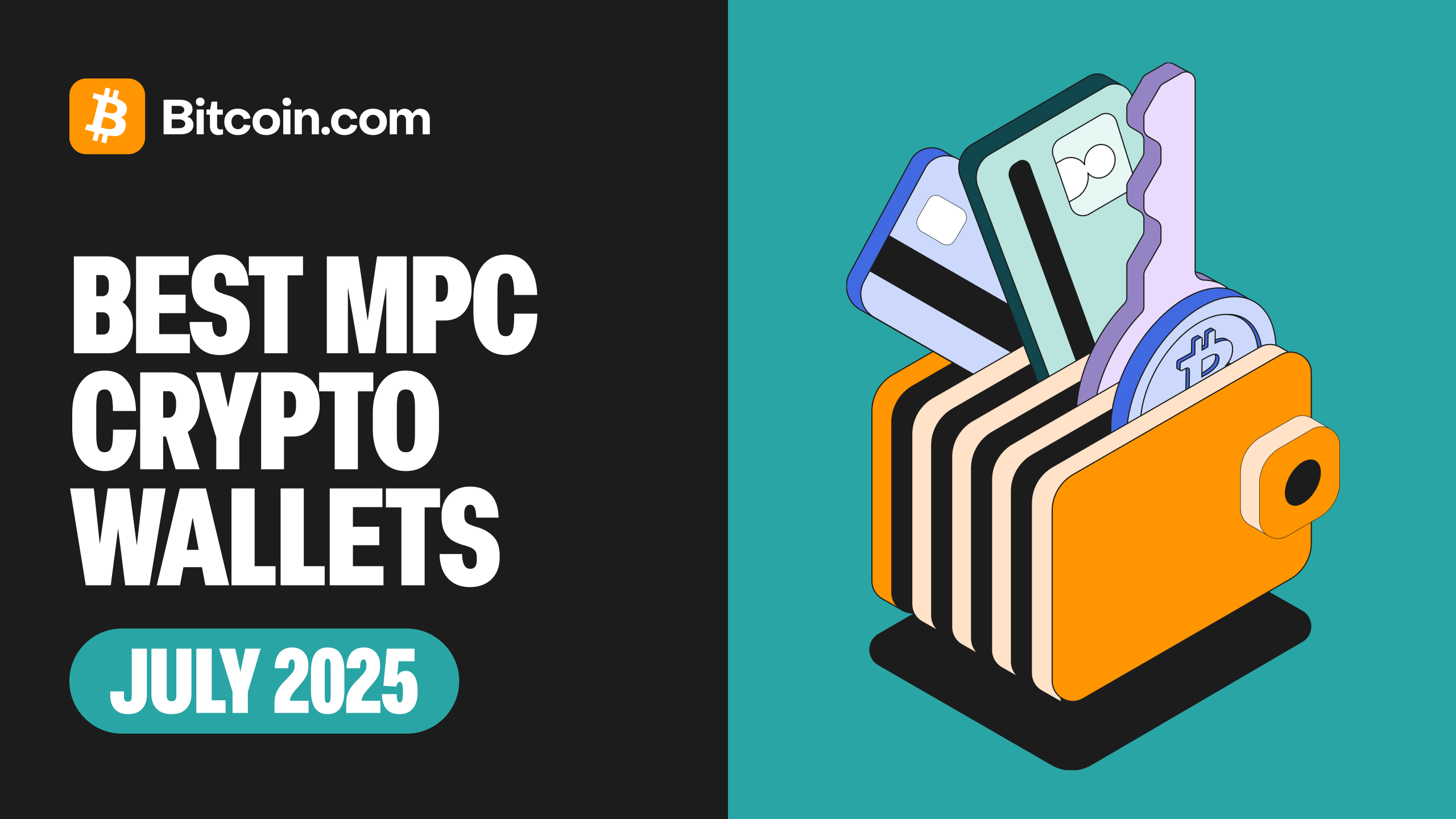The Evolution of Crypto Security and the Rise of MPC Wallets
The cryptocurrency landscape has undergone a remarkable transformation since its inception. Early adopters relied on simple private key storage methods, but as the value of digital assets surged, so did the sophistication of cyber threats. This evolution necessitated the development of more secure wallet solutions, each balancing security with usability. By 2025, Multi-Party Computation (MPC) wallets have emerged as a leading solution, offering a paradigm shift away from the single point of failure inherent in traditional private key systems.
MPC wallets distribute cryptographic keys across multiple parties or devices, ensuring that no single entity holds the complete key. This distributed approach significantly enhances security by eliminating the risk of total loss if one component is compromised. The technology’s benefits extend beyond individual security, offering improved scalability, self-custody with added protection, and innovative recovery mechanisms that don’t rely on traditional seed phrases.
The shift towards MPC wallets is driven by both retail and institutional users seeking more robust security solutions. As the crypto ecosystem matures, MPC technology is poised to become the industry standard for secure asset management. This report examines the top five MPC wallets of 2025, analyzing their features, use cases, and contributions to the evolving security landscape.
The Top 5 MPC Wallets of 2025: A Comprehensive Analysis
1. Zengo: Democratizing MPC Security
Zengo has established itself as a pioneer in making MPC technology accessible to mainstream users. The wallet’s design philosophy focuses on simplicity without compromising security, making it particularly appealing to beginners in the cryptocurrency space.
Key Innovations:
– Seedless Recovery System: Zengo replaces traditional seed phrases with a biometric-based recovery process, significantly reducing the risk of human error in recovery procedures.
– MPC Architecture: The wallet implements a sophisticated MPC protocol that distributes key shares across multiple devices, ensuring that no single point of failure exists.
– User-Centric Design: The interface is intentionally minimalist, featuring clear navigation and intuitive controls that lower the barrier to entry for new users.
Target Audience:
Zengo is particularly well-suited for individual investors who prioritize ease of use and security. Its features make it ideal for everyday transactions, including buying, selling, and storing various cryptocurrencies.
Strengths and Limitations:
While Zengo excels in user experience and security, it may lack some advanced features required by institutional investors or power users. The wallet’s focus on simplicity means it doesn’t offer the same level of customization or enterprise-grade features as some competitors.
2. Fireblocks: The Institutional Standard
Fireblocks has carved out a niche as the preferred MPC solution for institutional investors and businesses. The platform goes beyond basic wallet functionality, offering a comprehensive suite of tools designed for high-stakes crypto management.
Enterprise-Grade Features:
– Policy Enforcement Engine: Allows organizations to implement custom security policies that govern transaction approvals and access controls.
– Compliance Tools: Built-in transaction screening ensures adherence to regulatory requirements, making it suitable for entities operating in heavily regulated markets.
– Multi-Signature Support: Complements MPC security with additional layers of approval for sensitive transactions.
Institutional Use Cases:
Fireblocks is particularly valuable for cryptocurrency exchanges, custodial services, and financial institutions that need to manage large volumes of digital assets securely. Its robust security framework and compliance features make it a top choice for enterprises.
Considerations:
The platform’s complexity and higher cost may be prohibitive for smaller organizations or individual users. The setup and maintenance require specialized knowledge, making it less accessible to those without technical expertise.
3. Coinbase Wallet: Bridging Mainstream and Security
Coinbase Wallet has integrated MPC technology into its existing platform, combining the familiarity of the Coinbase ecosystem with enhanced security features. This integration allows users to benefit from MPC’s security advantages while maintaining the intuitive interface they’re accustomed to.
Integration Benefits:
– Seamless Ecosystem Access: Users can easily transfer funds between their Coinbase exchange accounts and wallets, streamlining the trading and storage process.
– Multi-Asset Support: The wallet supports a wide range of cryptocurrencies and tokens, making it versatile for users with diverse portfolios.
User Experience:
The wallet maintains Coinbase’s reputation for accessibility, making it particularly appealing to users who are already part of the Coinbase ecosystem. Its straightforward design ensures that even those new to cryptocurrency can manage their assets with confidence.
Potential Drawbacks:
While Coinbase Wallet offers strong security through MPC, it may not provide the same level of customization or advanced features as some specialized MPC wallets. Users seeking more granular control over their security settings might find the options limited.
4. OKX Wallet: The Web3 Gateway
OKX Wallet stands out as a versatile solution that bridges traditional crypto management with the expanding Web3 ecosystem. Its comprehensive feature set makes it a powerful tool for users looking to explore decentralized applications and services.
Web3 Capabilities:
– Multi-Chain Support: The wallet supports numerous blockchain networks, including Ethereum, Binance Smart Chain, and others, providing flexibility for users across different ecosystems.
– DeFi and NFT Integration: Users can seamlessly interact with decentralized finance platforms and manage non-fungible tokens (NFTs) directly from the wallet interface.
Target Users:
OKX Wallet is particularly well-suited for users who want to engage with the broader Web3 landscape. Its extensive feature set makes it ideal for those interested in DeFi, NFTs, and cross-chain transactions.
Challenges:
The wallet’s comprehensive nature can be overwhelming for beginners. The extensive feature set may require a learning curve, particularly for users unfamiliar with Web3 concepts and multi-chain interactions.
5. Lit Protocol: Decentralizing Key Management
Lit Protocol represents an innovative approach to MPC by decentralizing key management. Its architecture leverages a distributed network of nodes to perform cryptographic operations, eliminating the need for centralized key servers.
Decentralized Architecture:
– Node-Based Security: Key shares are distributed across a network of nodes, enhancing security and resilience against attacks.
– Threshold Signatures: The protocol uses a threshold signature scheme that requires multiple nodes to agree before a transaction can be executed, adding an additional layer of security.
Developer-Focused Features:
– Programmable Policies: Developers can create custom key management policies tailored to their applications, offering flexibility in implementation.
– Integration Potential: The protocol is designed to be easily integrated into various applications, making it a versatile tool for developers building secure systems.
Implementation Considerations:
While Lit Protocol offers robust security through decentralization, its complexity may be a barrier for some users. Implementing and managing the protocol requires a deeper understanding of cryptographic principles and distributed systems.
The Future Trajectory of MPC Wallets
As we look beyond 2025, several key trends are likely to shape the evolution of MPC wallets:
Widening Adoption:
MPC technology is expected to gain broader acceptance as users and institutions recognize its security advantages. The increasing awareness of cyber threats will drive demand for more secure wallet solutions.
Enhanced User Experience:
Wallet providers will continue to refine their interfaces, making MPC technology more accessible to a broader audience. Simplified recovery processes and intuitive designs will play a crucial role in this evolution.
DeFi Integration:
MPC wallets will become increasingly integrated with decentralized finance platforms, enabling users to participate in lending, borrowing, and other DeFi activities with enhanced security.
Regulatory Compliance:
As regulatory frameworks evolve, MPC wallets will need to adapt to meet compliance requirements, such as Know Your Customer (KYC) and Anti-Money Laundering (AML) regulations, ensuring they can operate within legal boundaries.
Further Decentralization:
The trend towards decentralization is likely to continue, with more wallets adopting decentralized key management solutions similar to Lit Protocol. This approach enhances security and resilience by eliminating single points of failure.
Conclusion: The Path Forward for Secure Crypto Management
MPC wallets represent a significant advancement in cryptocurrency security, addressing the fundamental vulnerabilities of traditional private key systems. By distributing cryptographic keys across multiple parties, MPC technology eliminates single points of failure, offering a more robust and secure approach to digital asset management.
The top five MPC wallets of 2025—Zengo, Fireblocks, Coinbase Wallet, OKX Wallet, and Lit Protocol—each bring unique strengths to the table, catering to diverse user needs. From the user-friendly design of Zengo to the enterprise-grade security of Fireblocks, these solutions demonstrate the versatility and potential of MPC technology.
As the cryptocurrency ecosystem continues to evolve, MPC wallets are poised to become the standard for secure asset management. Their ability to balance security with usability makes them an attractive option for both individual users and institutions. By embracing MPC technology, we can build a more secure and resilient digital future, unlocking the full potential of cryptocurrency and decentralized finance. The ongoing innovation in this space promises to deliver even more sophisticated and user-friendly solutions in the years to come.





